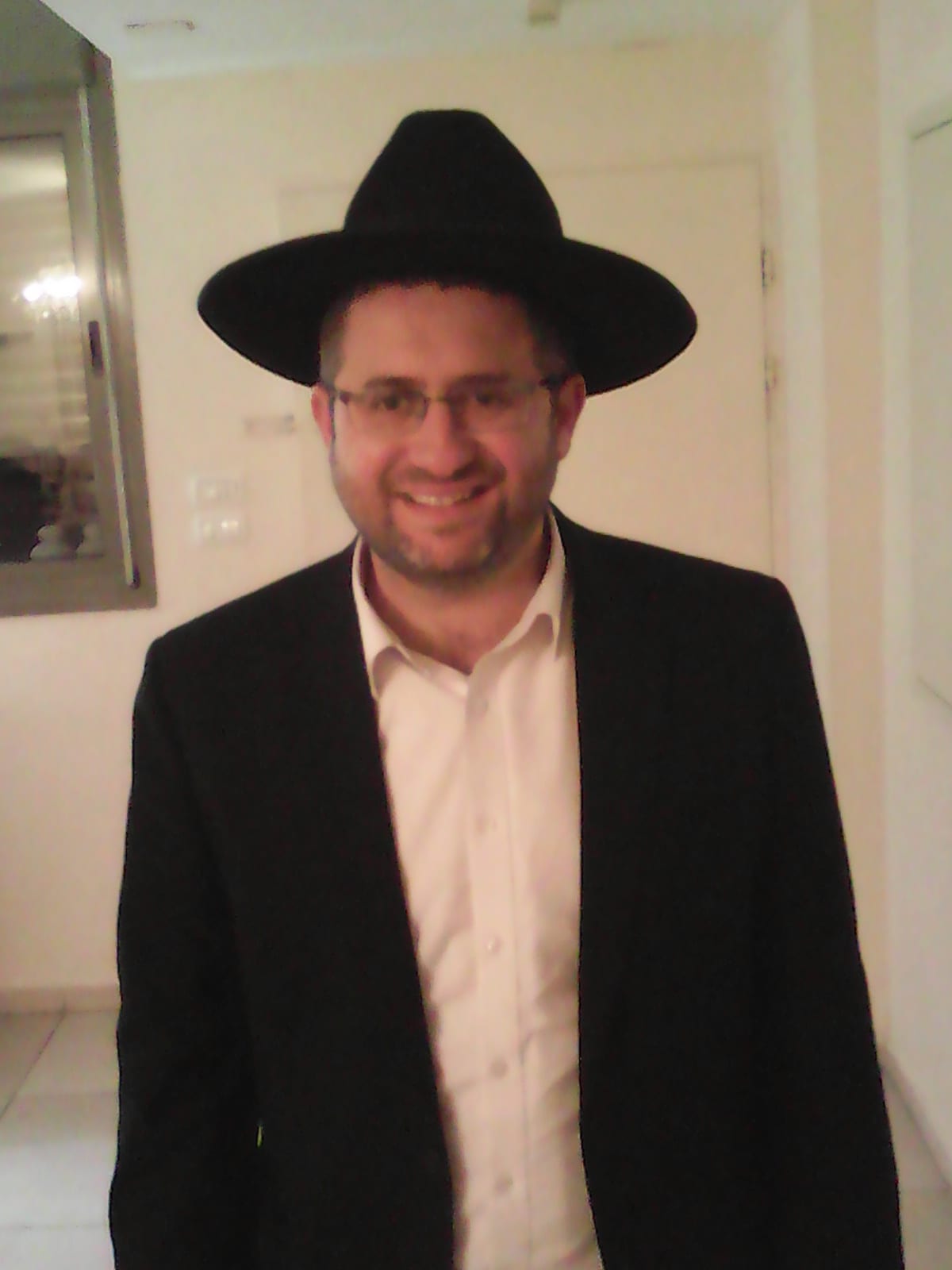Gemara through to Halacha –Meam Loez Kollel by Mordechai Ovadia

Is one obligated to read Shnayim Mikra with the Targum translation or Rashi? Is it acceptable to read the Torah twice and then an English translation such as Artscroll?
Rabbeinu Ephraim writes an allusion in Parashat Shemot: the words V’ele Sh’mot are an acronym of Vechayav Adam Likrot Haparasha Shenayim Mikra Ve’echad Targum, which means that one is obligated to read the weekly Parasha twice (Mikra) and the Targum (the translation of Onkelos) once.
The Gemara (Berachot 8a) quotes Rav Huna the son of Rav Yehuda who says in the name of Rav Ami that one should always complete the reading of his Parasha with the congregation: twice to read the weekly Parasha and once the Targum Onkelos, even including words such as Atarot and Divon which do not have a translation since they are names of places. The Gemara states that everyone who fulfills this Mitzva will be rewarded with a long life.
Tosefot brings an opinion that reading any foreign language is equivalent to reading the Targum Onkelos: in the same way that the Targum explains the Parasha for those who spoke Aramit, similarly other foreign languages enable us to understand the Torah. However, Tosefot’s own opinion is that the Targum Onkelos is more than just a literal translation of the Torah, because it actually explains the real meaning of the Hebrew. So Tosefot concludes that one must read the Targum Onkelos, and one does not fulfill his obligation in a foreign language.
The Rosh agrees with Tosefot but adds that if one uses a commentary on the Torah (such as Rashi) one would fulfill one’s obligation of reading the Targum as it explains the Torah’s verses.
The Rambam (Hilchot Tefila 25:25) rules that even though one listens to the whole Torah being read every year with the congregation, one is still obligated to read it for himself every week: twice the Torah itself and once the Targum. If the Passuk does not have a Targum Onkelos translation one should read those words in Hebrew instead a third time.
The Tur (285:2) writes that if one learns the Parasha with Rashi this is considered like Targum Onkelos because the intention of Targum Onkelos was that a person should understand the Torah, but if one reads it in another language this is not permitted. The Drisha suggests the reason for this is that there are many words that one can only understand with the Targum or Rashi’s explanation, while in other languages there will not be an equivalent translation.
The Bet Yosef cites the opinion of the Rosh that one can fulfill the obligation by reading a commentator (i.e. Rashi) as he explains every word of the Torah. The Bet Yosef further brings the opinion of the Sma’g who says he and his Rabbis understood that reading a commentary is better than reading the Targum Onkelos. However the Sma’g admits that the Tosafot Ri, Rav Amram and and Rav Natrunai argue with him, as they hold that the Targum is more important since the original Onkelos translation was given at Sinai. (The Gemara relates that the original Targum was forgotten and Onkelos re-established it the same way it was given at Har Sinai). The Bet Yosef rules that someone who fears Heaven should read both Targum Onkelos and Rashi’s commentary.
The Shulchan Aruch (285:1) writes that even though a person listens to the reading of the Torah every Shabbat with the congregation one is obligated to read for himself every week twice Mikra and once the Targum, and even the words Atarot Vedivon. The Shulchan Aruch (Se’if 2) goes on to say that if one learns the Parasha with Rashi’s commentary it is considered like reading the Targum, but someone who fears Heaven should read both the Targum and Rashi’s commentary.
The Mishna Berura suggests that Rashi and the Targum provide different benefits: the Targum was given at Sinai and it explains every single word, while Rashi explains the verses according to Midrashim more than the Targum.
The Mishna Berura (Seif Katan 4) goes on to say that Rashi explains the verses better than the Targum, but if one read the translation in another language which only translates the words on a literal level one has not fulfilled the obligation of reading the Targum, as the Targum explains the verses and is not merely a literal translation. One can fulfill one’s obligation by reading the verses twice and Rashi once, but one should read a third time those verses that do not have a Rashi commentary. If one does not understand the Rashi commentary then one can read a German translation like Tzena U’Reena which explains the Parasha according to Rashi and other Midrashim that are based on the Gemara.
The Maharshal in Yam Shel Shlomo writes that if one is not able to read both Rashi and Targum one should preferably read Rashi. However, the Bircay Yosef argues that according to the Kabbala there is a preference to read the Targum if one only has time to read one of them.
The question arose in the Kollel: if it is difficult for one to read the Targum or to understand Rashi can he fulfill his obligation with an Artscroll translation? It seems that in this situation it would be permitted as the Artscroll translation is based on Rashi’s explanations and the Midrashim, and the Mishna Brura above permitted using the Sefer Tzena U’Reena which is based on Midrashim. Moreinu Harav David Geinish Shlit’a agreed with this approach.
According to the Ari z’l it is ideal to read each Passuk twice and the translation once, in that order.
In conclusion, one who fears Heaven should read the verses of the weekly Parasha twice and both Targum and Rashi. If one has time for only one of these, according to the Kabbala one should read the Targum, but one can also fulfill one’s obligation with Rashi. If either of these are too difficult, then one should read the verses twice and the Artscroll translation once.







